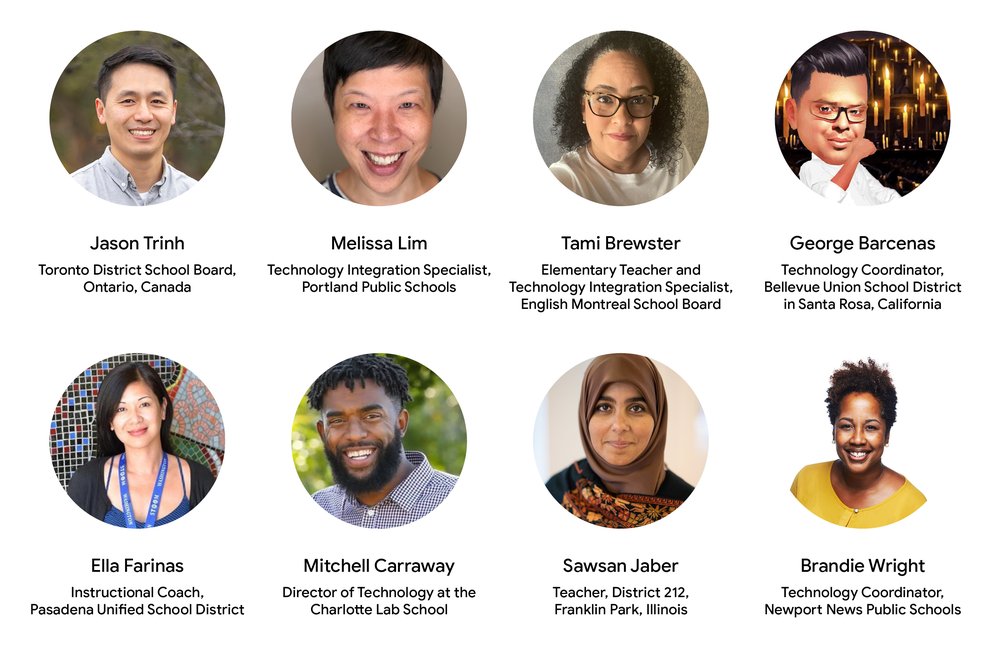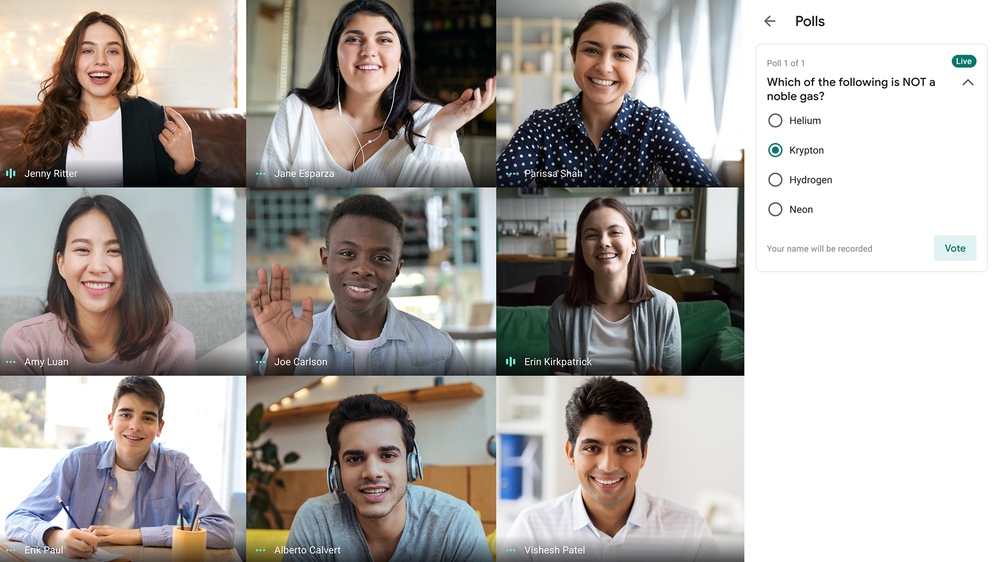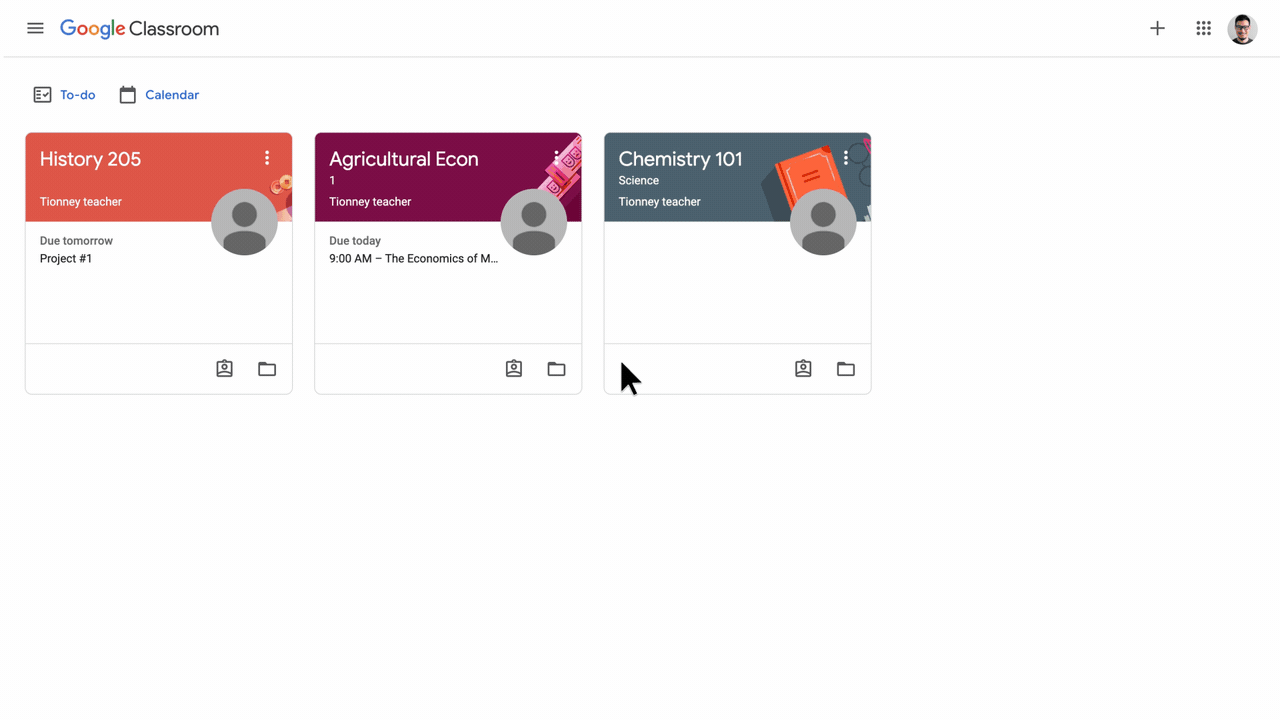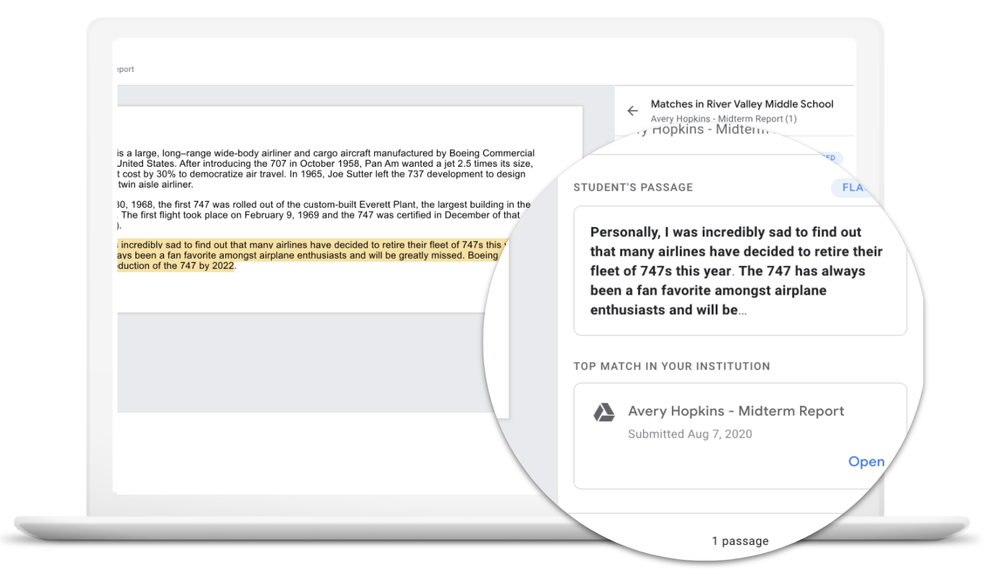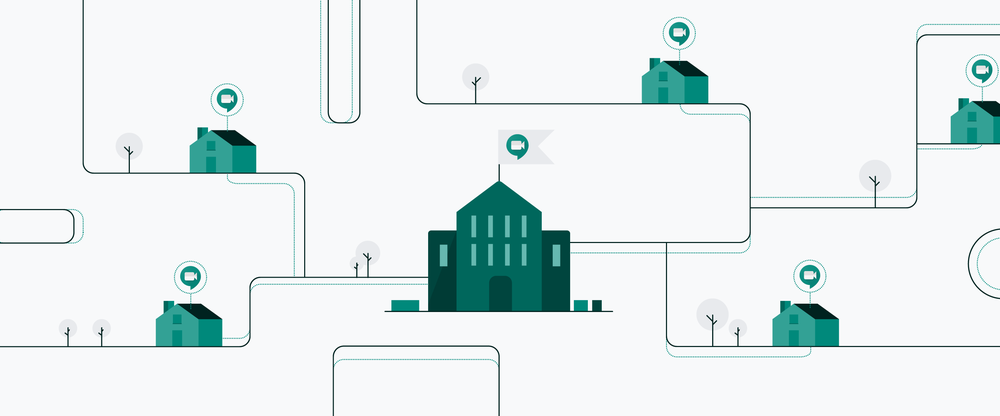In my classroom, making connections with students was at the center of my teaching practice and became vital for student success. Educators are not monolithic. We are counselors, caregivers, social workers and student advocates. As the lines between school and home have blurred, guardians also play those roles in supporting their child with hybrid or distance learning. Teachers in school and families at home are looking for resources to communicate with their students and children about the world around them. Through the use of Google tools and apps and content from our partners, educators and families can begin to have these courageous conversations.
Google tools can help you connect with students
Use Google Forms for daily mood check-ins, Google Meetto connect one-on-one with students, or younger students can use Google Drawings or Jamboard to illustrate how they’re feeling. For lesson plans and resources, check out Be Internet Awesome for online safety, and G Suite for Education additional services like Applied Digital Skills for lessons for educators on well-being, and Blogger as a journaling tool for students to channel their emotions and communicate how they are feeling. The Google Teacher Center offers a free training module with tips to foster creative community building whether teaching in-person or remotely. Families can also head to Google's digital wellbeing page for guides and resources for managing screen time and talking about digital wellbeing, as well as social-emotional learning (SEL).
These apps can help, too
Chromebook apps like Classcraft, ClassDojo, Peppy Pals, Wisdom - Kingdom of Anger, and Headspace help students learn how to express their emotions, and apply what they’ve learned in school to their lives outside the classroom. You can find all of these apps on the Chromebook App Hub, along with great ideas on how to use apps like Adobe Spark for social-emotional learning. Additionally, Sanford Harmony has a curriculum designed to support social emotional learning to develop students into compassionate and caring adults.
Creating space to have courageous conversations
Many educators are finding it challenging to have conversations about social justice or racial inequity with students, especially while remote learning. There are many great resources out there from Google partners, including NEA EdJustice’s guide on creating space to talk about race or Tolerance.org’s empathy through critical discussion and listening are great places to start. These resources can foster understanding and support as students process complex societal issues. There are also many book recommendations and conversation guides from The Conscious Kid to help facilitate hard conversations and talks about identity.
Advice and resources from educators around the world
It’s also important for educators to lean on their community right now, as they’re impacted by these changes and are responsible for talking to their students about them. You can join a Google Educator Group, a global group of educators who share best practices and ideas. We’re also hosting Twitter chats to bring educators around the world together, including one today at 3pm PST on social-emotional learning with Dwayne Reed.
More ideas for social emotional learning
If you’re looking for more ideas for improving student SEL, visit the website forCASEL (Collaborative for Academic, Social, and Emotional Learning), which offers resources such as webinars, more on Common Sense Media's app recommendations, and Lalilo’s SEL Lessons and Activities for Distance Learning. You can watch our webinar on SEL, and visit Teach from Anywhere, Google’s hub of information and tools to help teachers during COVID-19.
